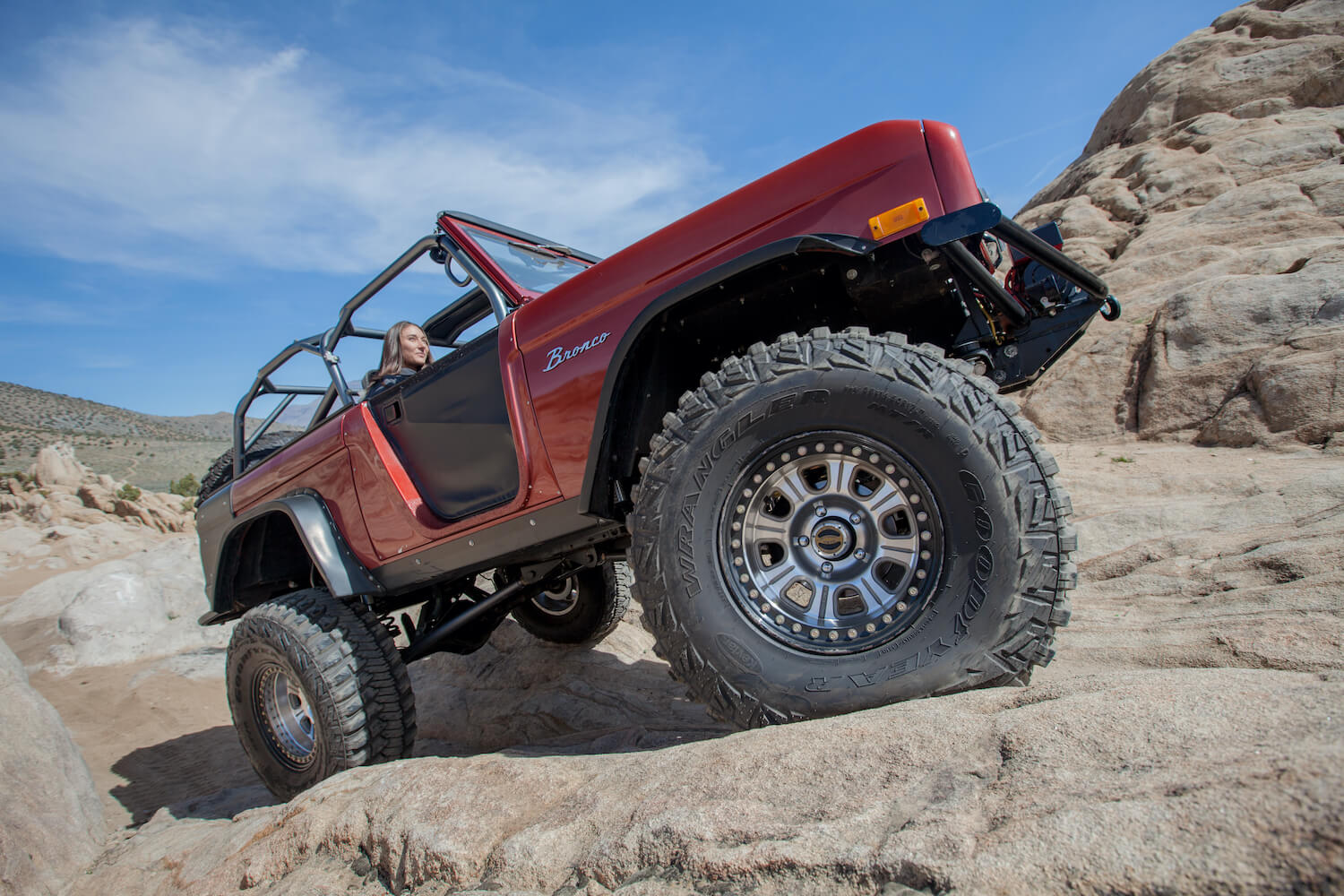
Photography by Harry Wagner
Ford Broncos are the hottest 4×4 on the market right now, and nothing makes them look beefier than a set of big, aggressive tires. Fitting larger tires on your Bronco will require anywhere from minor to major modifications though depending on what size tire you want to run. The bigger you go, the more work you should anticipate not only to make the tires fit, but also potentially regearing your differentials and upgrading your brakes in order to safely accelerate and decelerate with larger, heavier tires. Fortunately, 4WP offers everything you need to run any size tire on your Bronco with only your imagination being the limiting factor.
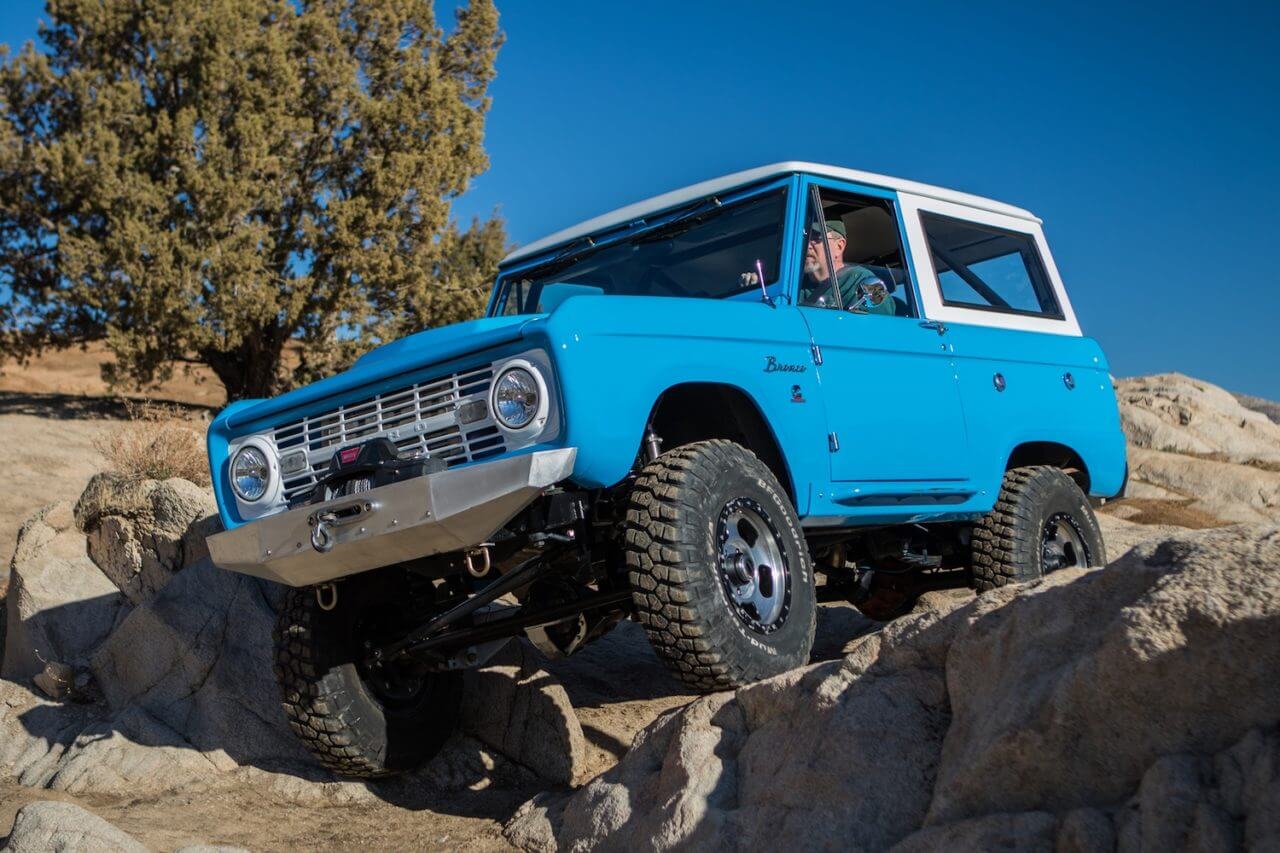
Doug Brown runs narrow 255/75R16 BFGoodrich KM2s on his Early Bronco that are 33-inches tall but only 10-inches wide so they stuff inside of the uncut rear wheel wells. To fit the tires Doug has a 2.5-inch suspension lift and a 2-inch body lift.
Early Bronco (1966-1977)
Early Broncos actually came from the factory with tiny 29-inch tall tires. They use solid axles with coil springs and radius arms in the front and leaf springs in the rear. There is enough room to fit 31-inch tall tires without any modifications, but for 33-inch tall tires you will need to run narrow tires with at least a 3-inch body lift or suspension lift. The biggest limiting factory for fitting larger tires on an Early Bronco is the small rear wheel wells, which is why it is incredibly rare to see an uncut Early Bronco after 50 years.
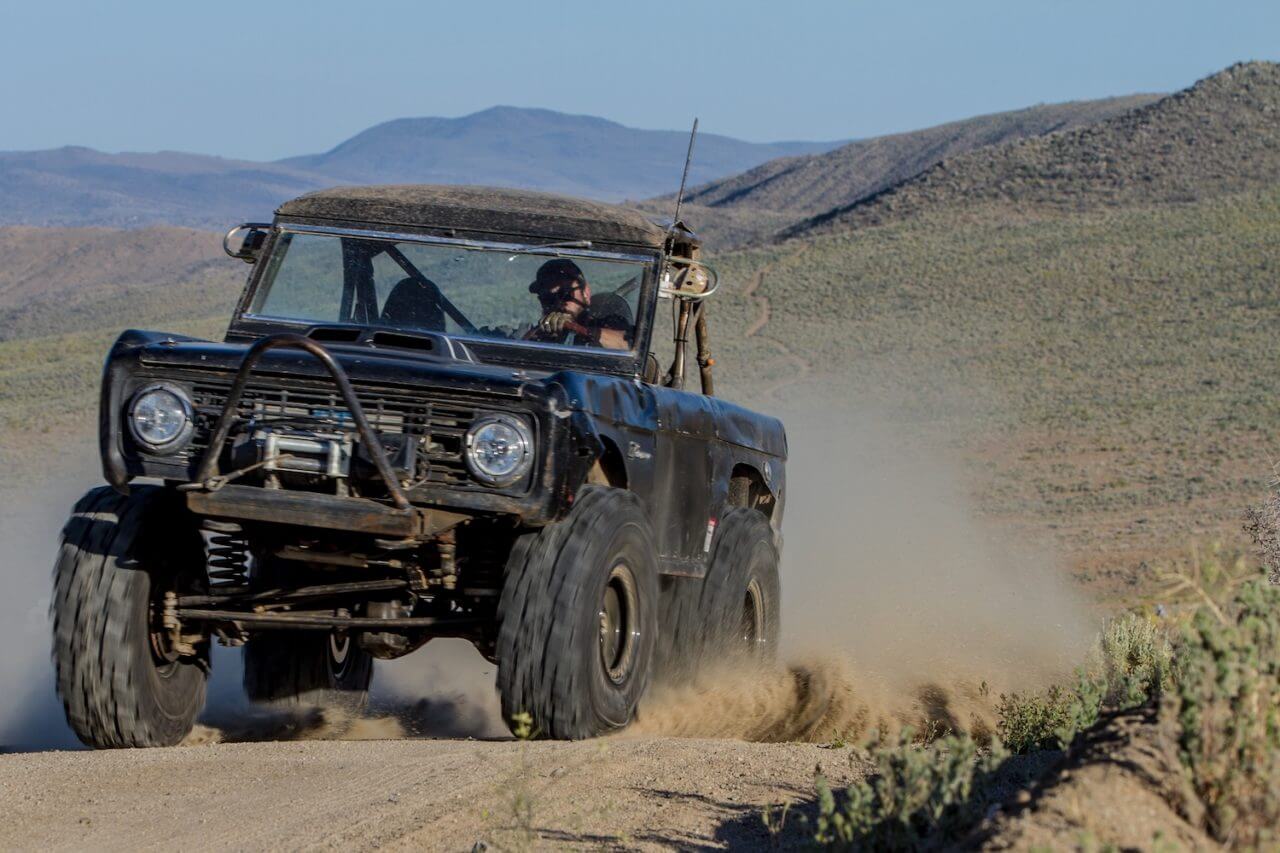
Early Broncos are getting too expensive to just hack the tires and run 37-inch tall tires on the hardest rockcrawling trails. If that is your goal it makes more sense to start with a relatively inexpensive Toyota pickup or Suzuki Samurai. If you insist on rockcrawling in a Bronco, we recommend starting with an 80s model to save money in the short term and long term.
35-inch tall tires require approximately five inches of lift, either a suspension lift or a combination of suspension and body lift. With taller lifts you will want to use offset bushings in the front radius arms (or longer radius arms) to correct the caster. In the rear you may need a double cardan driveline due to the short wheelbase.
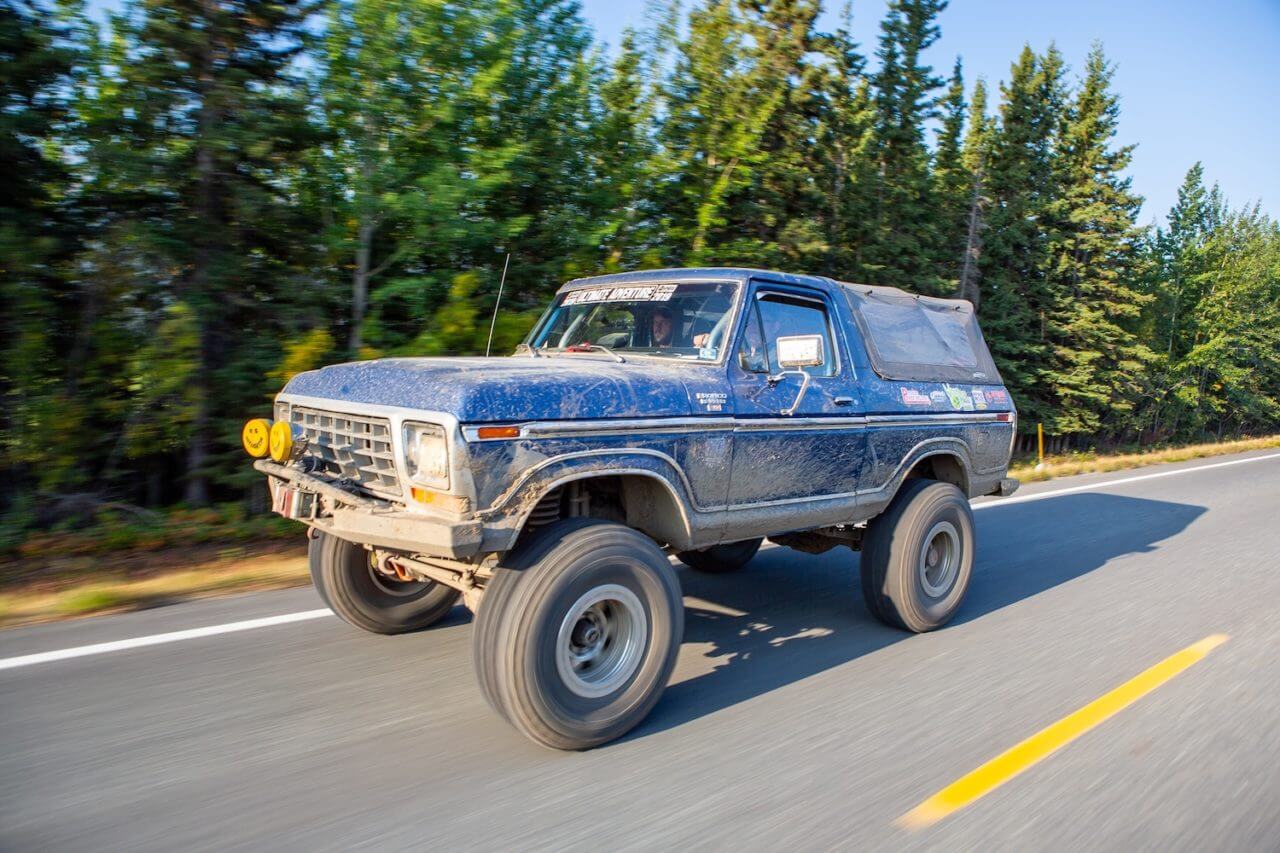
The “Big Broncos” were only made in 78 and 79, making them relatively rare and increasing in value. The larger engine bays (compared to the Early Bronco) make it easy to swap in a 460 engine, especially since the transmission uses a big block bellhousing bolt pattern. The longer wheelbase make them easier to lift without worry about driveline modifications.
Big Bronco (1978-1979)
While the Early Broncos used a unique body and drivetrain, the 78-79 Broncos shared most of the underpinnings with the F-150 from the same era, including the front coils and radius arms and rear leaf springs. This makes it much easier to source parts and they fit larger tires with less lift height than the Early Broncos they replaced. 32-inch tall tires fit at the stock height, and 33-inch tall tires fit with just a 2-inch body lift or leveling kit. 35-inch tires require a 4-inch suspension lift and 37-inch tall tires will dictate 6 inches of lift or heavy cutting of the fenders. The good news is that there is a lot of extra material that can be removed from the fenders before getting into the firewall.
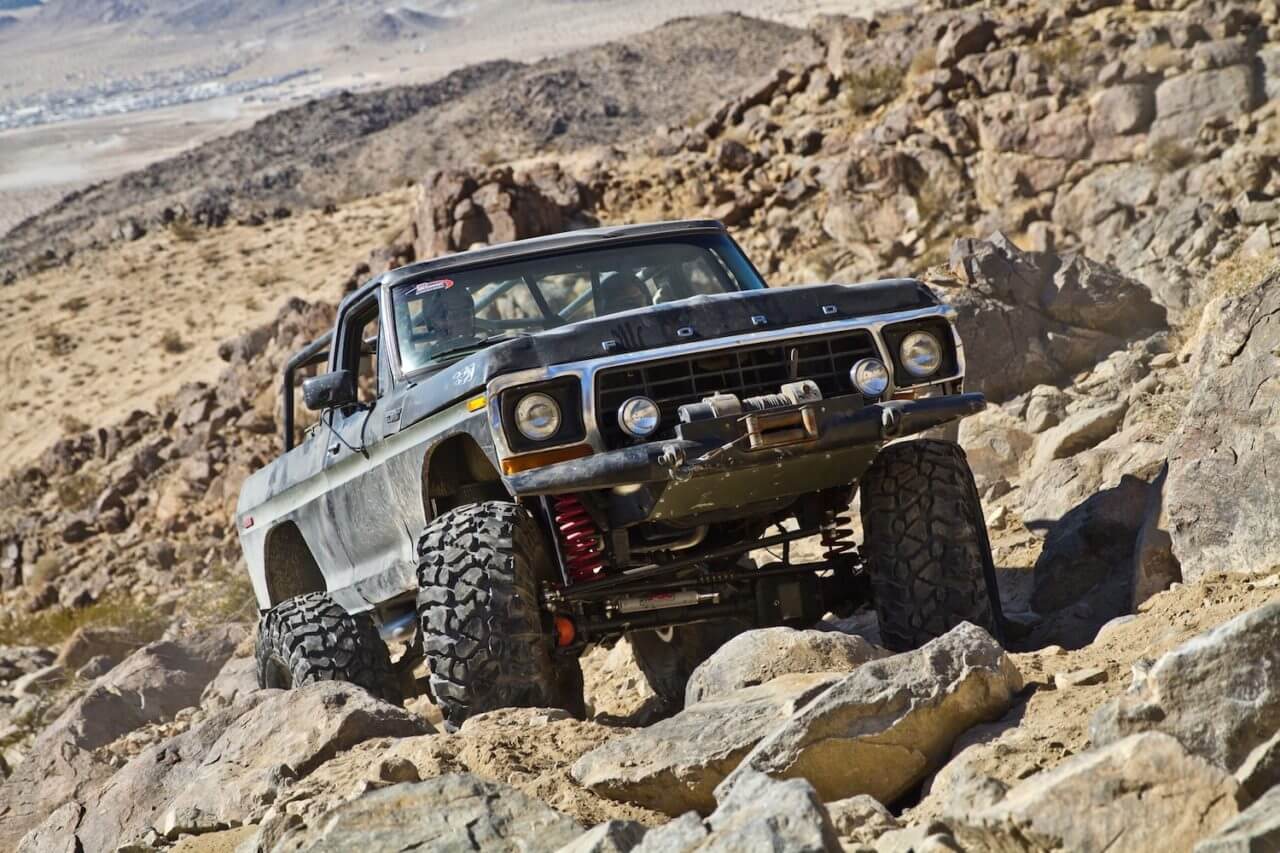
Big Broncos have a lot of sheet metal that can be cut out to make room for larger tires. Kevin Koehn took this premise to the extreme, running 44-inch tall tires on his 1978 Bronco with only 6-inch Skyjacker lift coils. Of course, he also added one-ton axles to handle the huge tires.
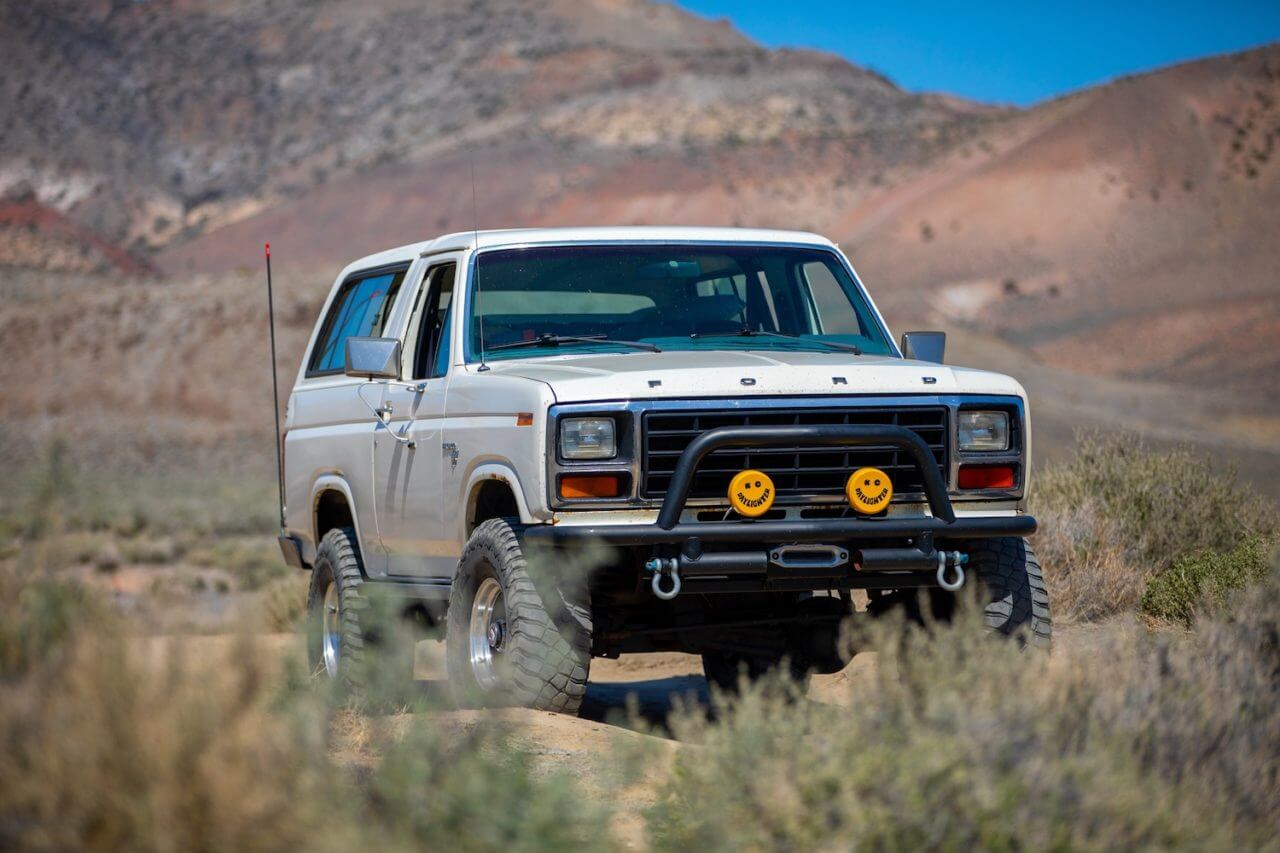
Lucas Mandic runs 35-inch BFGoodrich KM3s on his Bronco with a 4-inch suspension lift. He does have slight rubbing at the rear of the front fenders when the suspension is articulated and the tires are turned, but it is not enough of an issue to do more than rub the paint off the fenders.
Fullsize Bronco (1980-1996)
Starting in 1980, Ford replaced the Dana 44 solid front axle under the Bronco (and F-150) with a Dana 44 twin traction beam (TTB) axle. The solid rear axle and leaf spring remained and is simple to lift, but the TTB front end is more complicated that the previous solid axle. They do still use coil springs and radius arms though, and parts interchange with the F-150. These Broncos can fit a 31-inch tall tire with no modifications and a 33-inch tall tire with a 2-inch leveling kit or body lift. 35-inch tall tires require at least four inches of lift and minor trimming to the lower rear corner of the front wheel wells. If you want to run 37s look for a 6-inch lift kit or expect to do a lot of fender cutting. Keep in mind that the air conditioning box and ECU (on fuel injected models) might limit your travel with larger tires so you’ll want to make sure you cycle the suspension and add the proper bump stops to keep from damaging those vital components.
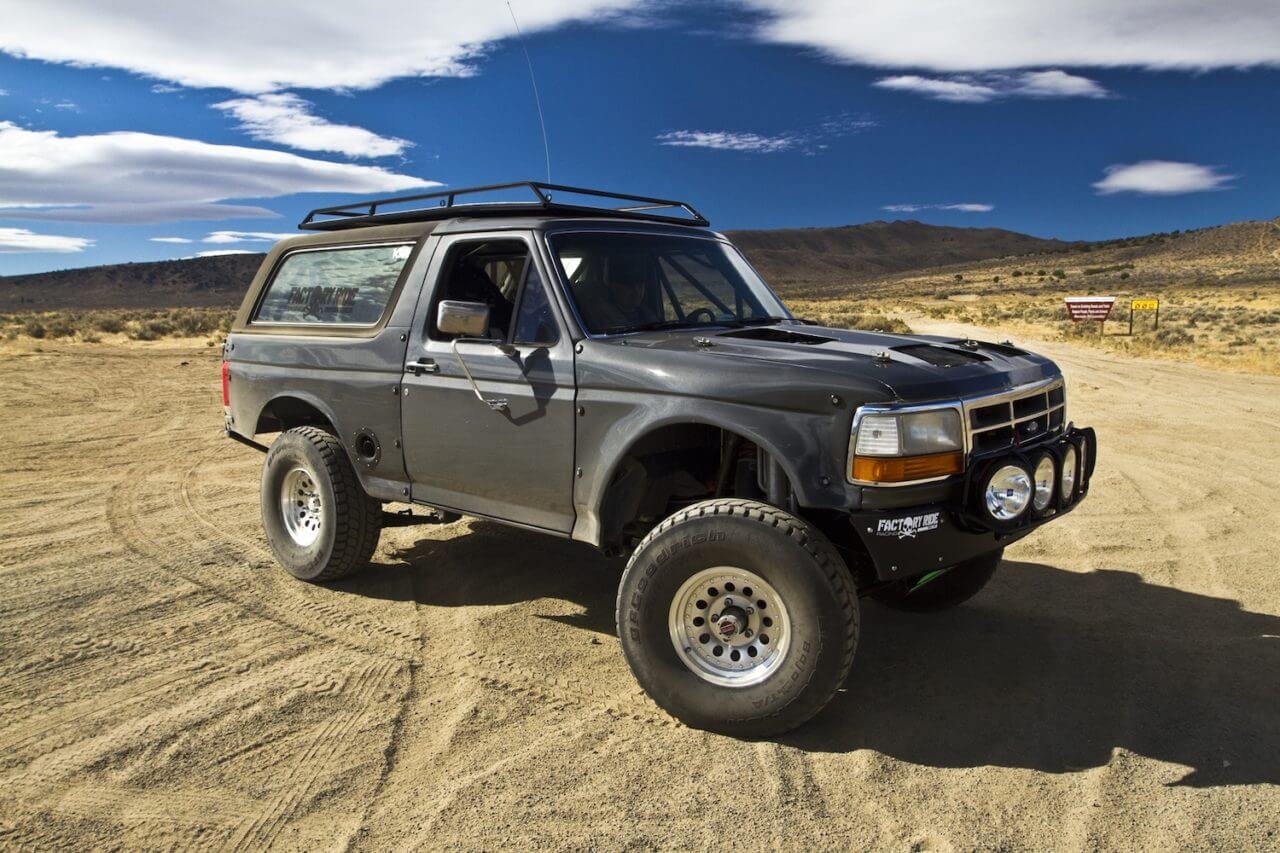
In addition to cutting fenders for more clearance, fullsize Broncos have the option of running fiberglass fenders with larger fender openings that are wider than stock to account for an increase in track width. The front fenders are relatively easy to install since they bolt on, but rear bedsides require quite a bit of body work in order to fit properly. That being said, the front fenders are a one-piece design and you’ll either have to skin your originals and reinforce them where necessary or build a custom support structure to tie your core support into your firewall. If you like going fast over rough terrain, you can expect cracks to form at the firewall. To keep that from happening, a proper roll cage and engine cage are essential to keeping the body in one piece over prolonged desert use. Solo Motorsports has a very well thought out sport cage system that is available as a WIY Kit for those with a little welding and fabrication experience.
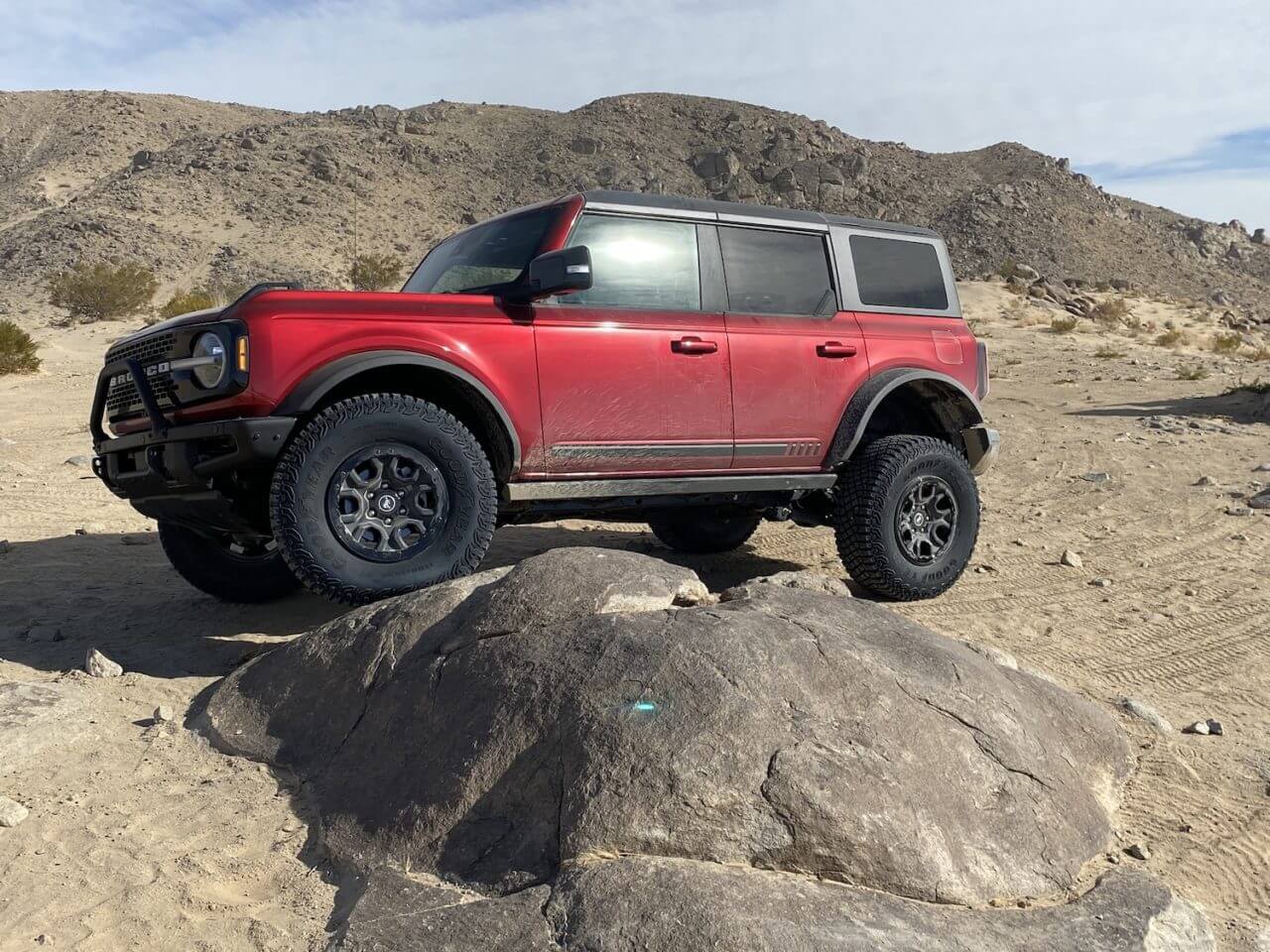
The Sasquatch Package comes with 315/70R17 tires (basically 35-inch) right from the dealership and can be added to any Bronco model at the factory. They fit due to a slightly taller suspension and larger wheel wells. These are the largest tires ever offered on a Bronco from the factory and bigger than anything Jeep offers on the Wrangler.
New Bronco (2021+)
The new Bronco comes with a variety of different tire sizes ranging from 30-inch tall on the base model to 35-inch tall on the Sasquatch edition, which uses a combination of larger fender openings and a taller suspension to fit the bigger tires. All use independent front suspension with a coilover strut and a solid rear axle located by a four-link suspension and coil springs. The Big Bend and Black Diamond packages come with 32-inch tall tires and the Badlands comes with 33-inch tall tires. 4WP Factory offers a 3-inch lift to fit up to 37-inch tall tires when used in conjunction with their fender delete kit, which also improves visibility on the trail.
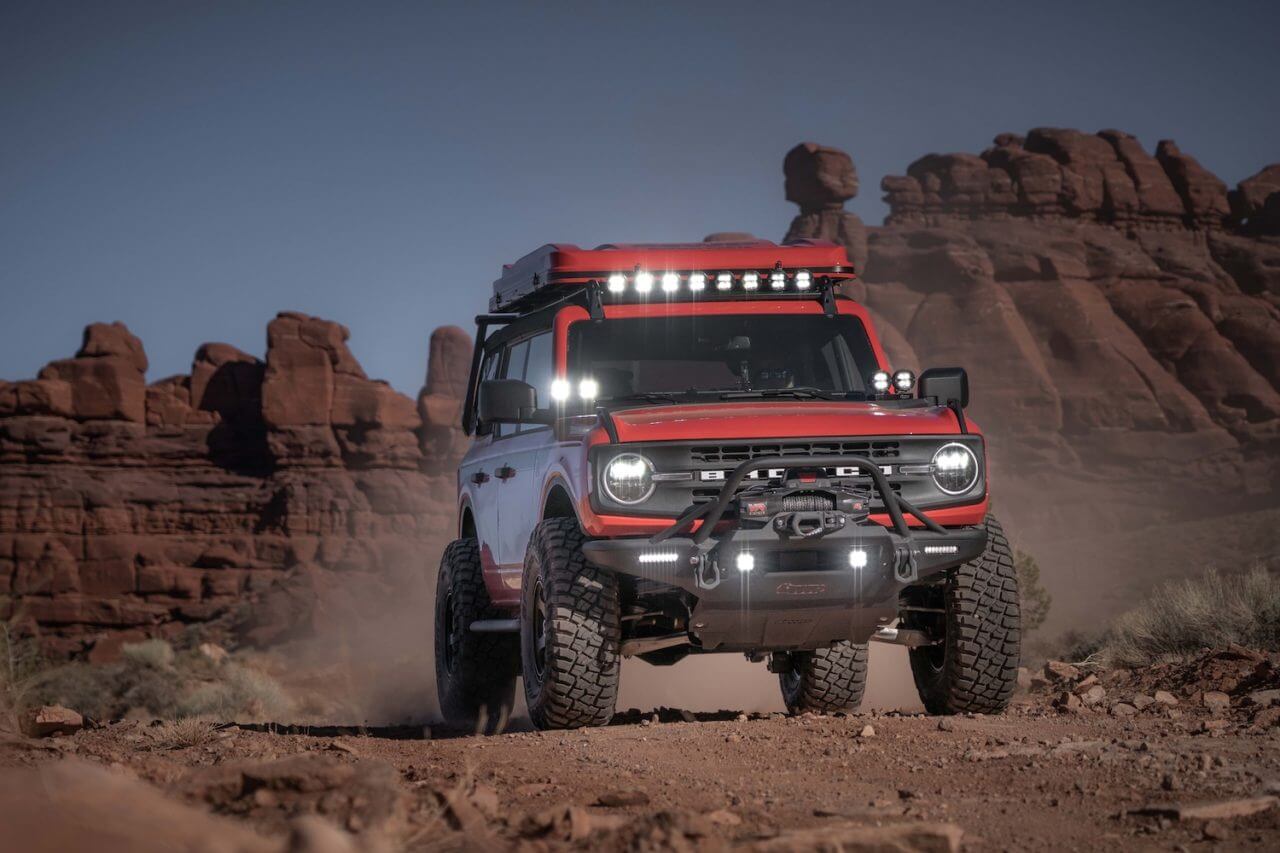
The independent front suspension and coil rear suspension is more complicated to lift than older coil springs and leaf springs, but companies like 4WP Factory are already working on ways to stuff 37-inch tall tires under the Bronco. With the turbocharged V6 engine and ten-speed automatic transmission, regearing the differentials may seem like less of a priority than it was on older models but it will definitely improve performance both on and off-road as well as fuel economy. The cool thing is you can order a lower gearset if you plan to move up to 33 or 35-inch tires. Either way, you can bet the aftermarket will have a gearset as well as lockers to upgrade your 6th Generation Bronco.













2